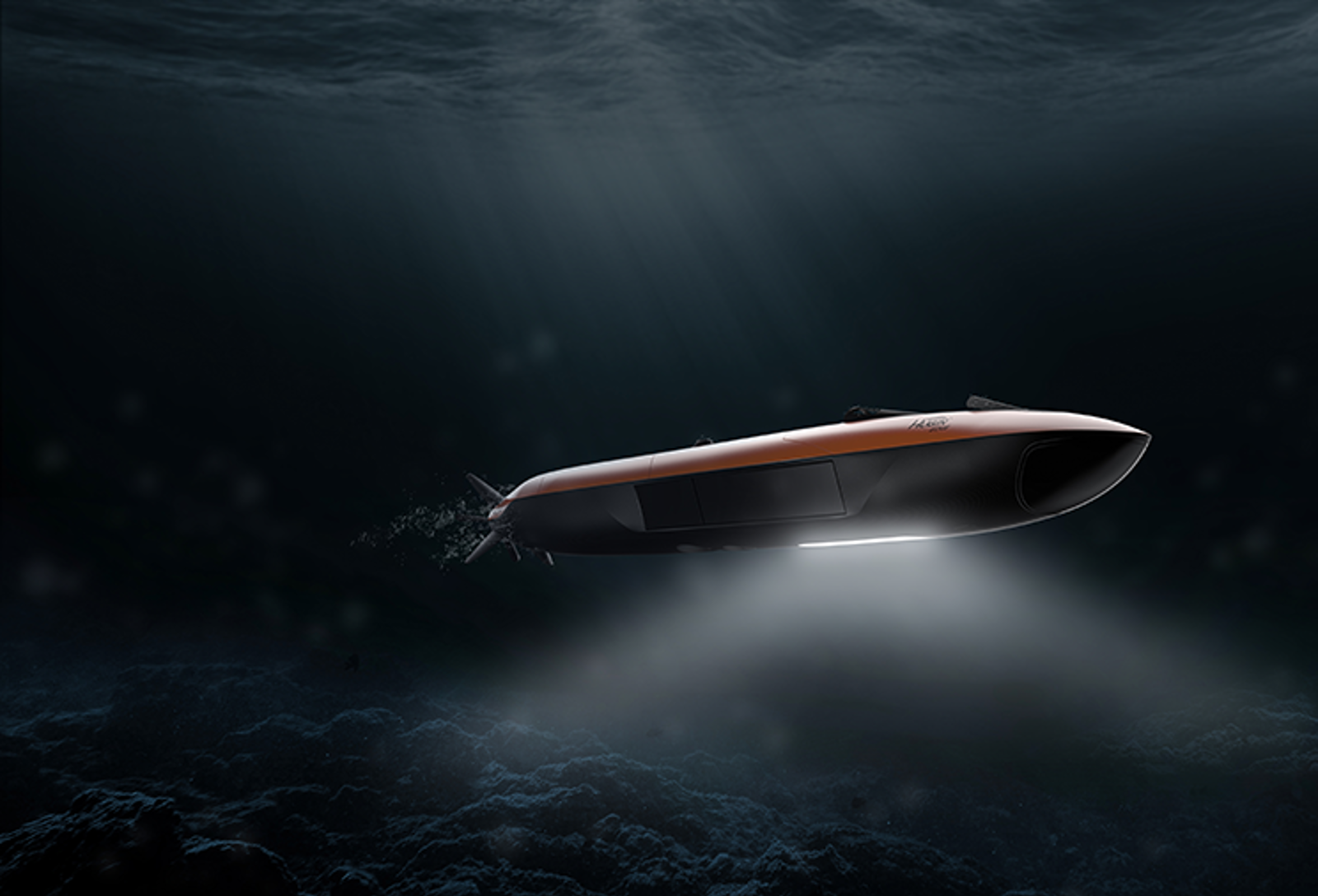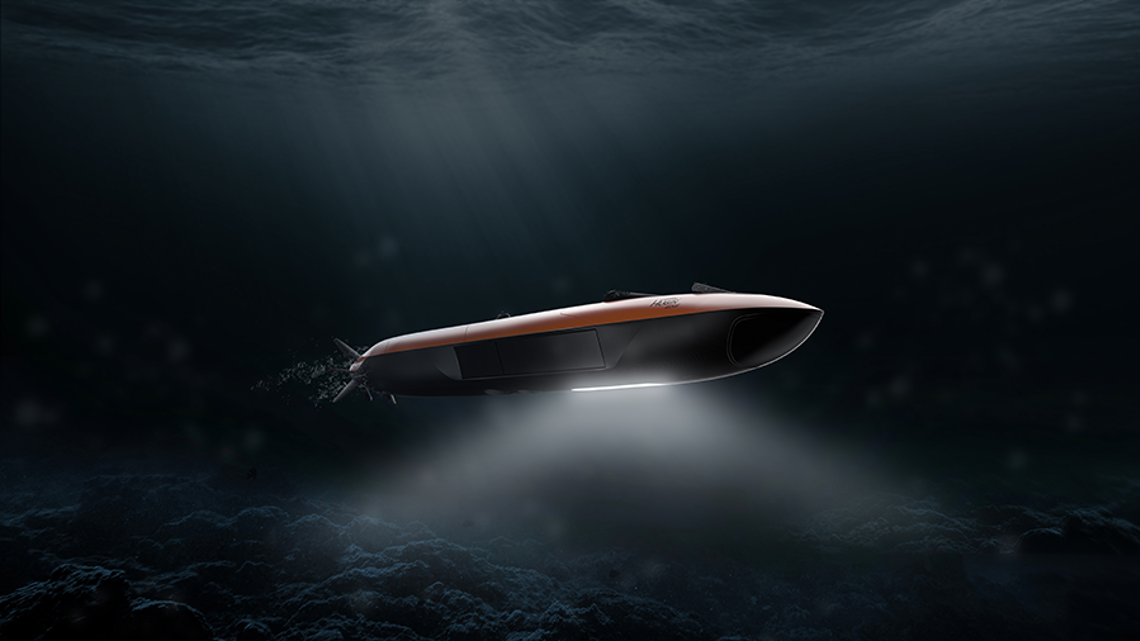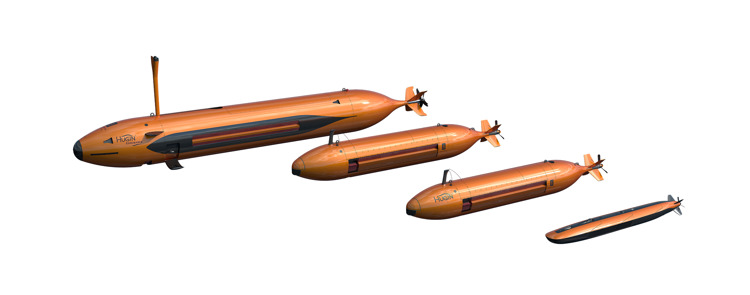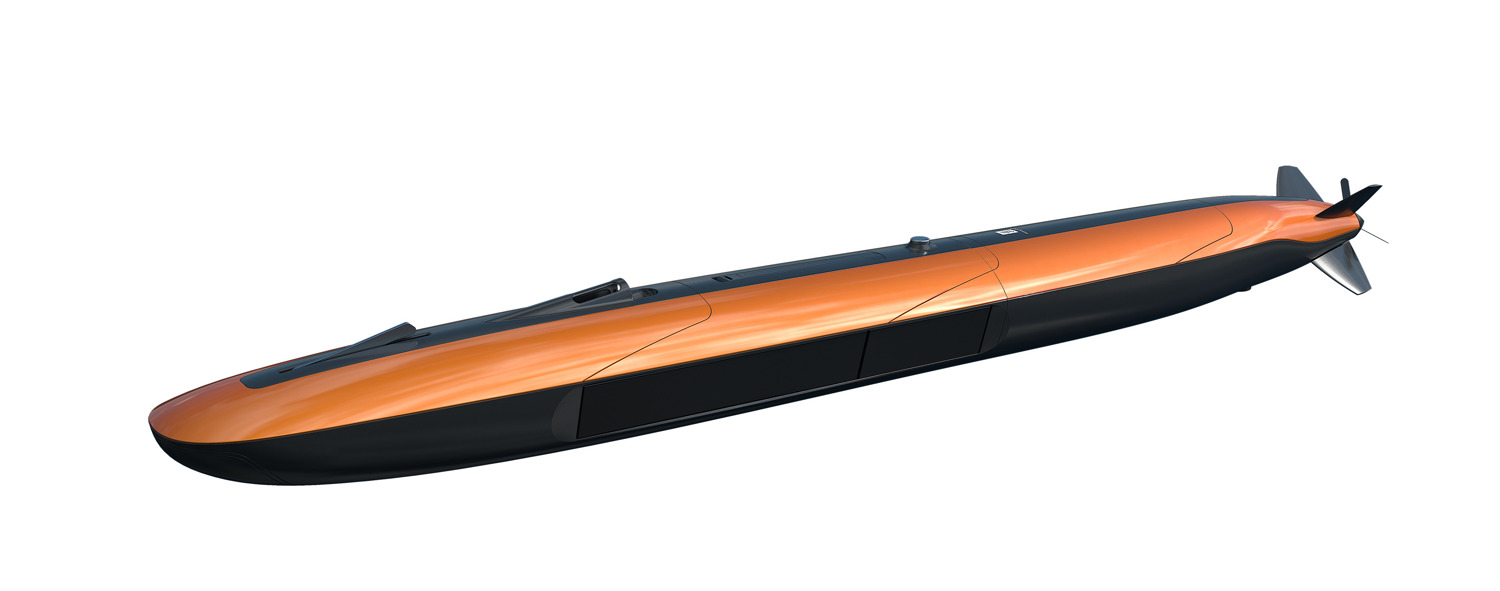
Pushing the edge of AUV design
The latest variant of the HUGIN autonomous underwater vehicle may be small but it punches above its weight with its radical low-drag design, high-fidelity sensor configuration for short duration, large area survey work and its ability to optimise operations through its goal-based mission planning software.
-
Text:Marketing & Communication Department
Photo:©Kongsberg Maritime
-
Gunvor Hatling MidtbøVice President, Communications
Since the first dive of the HUGIN autonomous underwater vehicle (AUV) prototype on 7 March 1993, Kongsberg Maritime has been spearheading the development of the sector.
Over this time, our family of HUGIN AUVs has evolved to go deeper, longer and carry a larger payload of sensitive data-collecting sensors which has made HUGIN the most successful commercial off-the-shelf autonomous underwater vehicle ever made.
This innovation continues with the launch of the HUGIN Edge, but instead of going ‘bigger and longer’, the new HUGIN Edge is designed to be ‘smaller and smarter’, employing a radical new hydrodynamic design to minimise drag and enhance data collection from its payload of sensors and to ultimately ‘think for itself’ through AI-inspired goal-based mission planning software.
Richard Mills, Vice President of Marine Robotics Sales at Kongsberg Maritime, explains how the new design is a departure from tradition AUV thinking: “The HUGIN Edge represents a real change in our design ethos as we have built the shape around the functionality of the AUV and its sensors – it’s design with purpose.
HUGIN Edge made its debut at the Oceanology International 2022 in London in March

Richard continues: “In a traditional torpedo-shaped AUV, any sensor equipment sticking out from the hull will cause vortexes in the water it is travelling through, which equates to a drag effect. This not only slows the vehicle, causing it to use extra power, but it can also create disturbances with the sensitive sensor equipment. In the HUGIN Edge we have employed a new lozenge shape, which, hydrodynamically, is one of the best shapes you can have for low drag. All the sensors are embedded in the flat surfaces of the AUV so that they have no protrusions, giving the craft a smooth flow through the water.”
It might be small but it punches above its weight when it comes to surveying capabilities with a powerful payload of sensors including the next generation of the KONGSBERG synthetic aperture sonar, a high frequency multibeam echosounder and a swappable camera or sub-bottom profiler.
At the front of the HUGIN Edge vehicle is a new multiaxial forward-looking collision avoidance sonar from KONGSBERG Mesotech. On the bottom of the vehicle is the KONGSBERG Mesotech M3 HF multibeam echosounder, which operates at up to 1400 kilohertz to provide sub-centimetre resolution, and on the sides are the two arrays of the synthetic aperture sonar, which produces ultra-high-resolution acoustic images as well as bathymetric data.
At the back and underneath the vehicle, there is an interchangeable camera and sub bottom profiler; the rationale is that there is rarely a need for both of these sensors at the same time. The sub bottom profiler is suitable for geophysical work, as the acoustic sensor sends out a single, high-energy sound pulse to penetrate through the seafloor to give a picture of geology underneath. The camera is suitable for inspection work or mine counter measures, where a camera is important for identifying objects on the seafloor.
HUGIN Edge
The radical design of the HUGIN Edge has been achieved by new materials and new production methods that were not previously available or that were prohibitively expensive before, and this has enabled the KM AUV team to design both better hydrodynamic performance from the vehicle while also optimising more efficient sensor performance and operational compatibility.
Richard says: “We also wanted to build something that will go deeper and stay there longer than everybody else but in the same size and same weight package, and we've done that by optimising the design. The HUGIN Edge can survey for 24 hours at 3.8 knots, while other manufacturers claim only 3 knots over 24 hours. That might not sound much, but it makes a big difference as we can cover more area at the same time through speed alone, let alone through the area coverage of the sensors that we have onboard.”
From the outset, the HUGIN Edge was designed as a fixed product, as Richard explains: “Previously, all of our other HUGIN products have been quite modular, giving customers the ability to choose some of the equipment they wanted installed, but the HUGIN Edge is our first ‘off the shelf’ fixed configuration AUV.
“There is a real gap in the market for this short-duration large-scale surveying at an economical price and we believe the configuration we have in the HUGIN Edge has been designed to cover most geophysical and infrastructure survey requirements, as well as mine countermeasures, rapid environmental assessment, and search and recovery.”
In addition to its revolutionary design, the HUGIN Edge will soon be able to provide additional capabilities for customers through its goal-based mission execution software, which is currently being developed by KM together with long-time partners, the Norwegian Defence Research Establishment (FFI). This will allow the AUV to ‘think for itself’ while conducting a survey and assess the most efficient way of carrying out its mission, making it easier for the operator when the AUV encounters an unforeseen situation.
Craig Wallace, Product Manager HUGIN, explained this at the launch of the HUGIN Edge at Oceanology International 2022. He said: “The HUGIN Edge represents a game change for our vehicles and that we’re changing the whole operational scenario from the user’s perspective: we are trying to make things simpler and giving more ease of access to the users.
“One of the big things coming forward is something called goal-based mission planning where the vehicle will now determine the most optimal mission for us. Our new software packages allow the user to select an area to survey, tell the vehicle this is what we need to cover, defining the resolution and set requirements of the area to be surveyed, and with that the vehicle will find the most optimum solution and automatically adapt ‘on the fly’ to give the best, most optimal solution in the survey.
“What we see in the market is that a lot of customers have a high turnover of personnel and, with multiple vehicles in the market, it’s quite difficult to have a constant training programme to ensure that AUV operators are experienced and able to do the high-level mission planning. By having this new goal-based mission planning we're taking a lot of the onus away from the operator and making it simpler.”

Another innovation currently under development is the autonomous launch and recovery system for the HUGIN Edge using an unmanned surface vessel (USV). HUGIN Edge can be launched from a mother ship and retrieved using KONGSBERG’s automated Launch and Recovery system (LARS), but it has also been designed to operate from an USV. This means that it will be possible to load the HUGIN Edge aboard a USV at dockside, for the USV to take AUV to the survey site out at sea, and launch and later retrieve the vehicle and return to shore for data processing.
Richard adds: “The HUGIN Edge is an evolution of all of the technological capabilities that we've introduced over the last 30 years but we’ve now packaged all that technology and know-how into a smaller vehicle to make it easier to operate and more economical for the market to access.
“What we're aiming at here is better capability, better behaviours, better autonomy, better data quality, better resolution, better accuracy and position certainty in a vehicle that is no bigger than what’s available from our competition but for less money.”
ADVANCED LOW DRAG AUTONOMOUS UNDERWATER VEHICLE (AUV)
Delivering exceptional durability and reliability, configured for ease of deployment from all platforms and offering class-leading sensor and navigation performance, HUGIN Edge is the newest member of the HUGIN family of AUVs.
The new design combines elements of HUGIN’s carbon monocoque approach used with success for the last 20 years coupled to extensive hydrodynamic modelling to refine the hull’s low-drag shape. HUGIN Edge stands out as a next-generation vehicle designed specifically to answer the performance and efficiency challenges set by the modern world.

